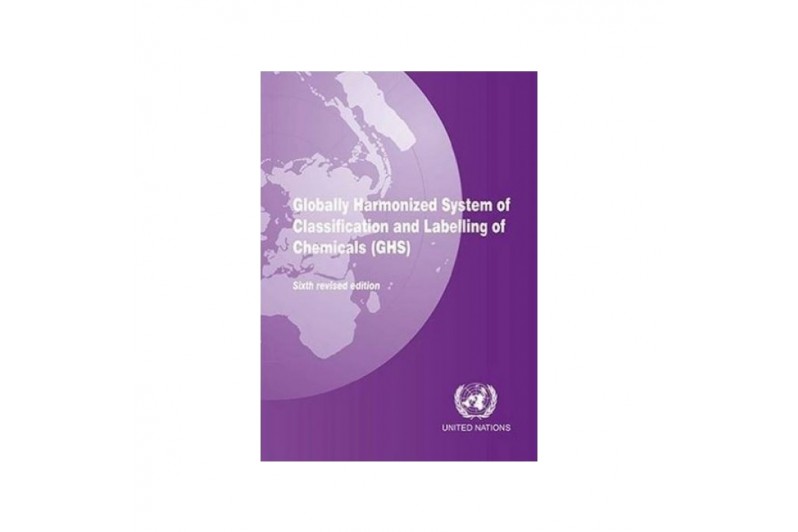GHS - Globally Harmonized System of Classification and Labelling of Chemicals

GHS - Globally Harmonized System of Classification and Labelling of Chemicals
- Stock: Consultar
- Código:
PRESENCIA GLOBAL
Contamos con más de 60 unidades de negocio en todo el mundo.
MERCANCÍAS PELIGROSAS
Somos expertos en adecuación de Mercancías Peligrosas.
FORMACIÓN
Te invitamos a formarte con la mayor escuela IATA del mundo.
CONSULTORÍA
Asesoramiento y consultoría en logística de Mercancías Peligrosas.
GHS - Globally Harmonized System of Classification and Labelling of Chemicals
Globally Harmonized System of Classification and Labelling of Chemicals (GHS). The Globally Harmonized System of Classification and Labelling of Chemicals (GHS) addresses classification and labelling of chemicals by types of hazards.
* Provides the basis for worldwide harmonisation of rules and regulations on chemicals. * Aims at enhancing the protection of human health and the environment during their handling, transport and use by ensuring that the information about their physical, health and environmental hazards is available. * Includes, inter alia: * a new test method for oxidising solids; * new miscellaneous changes to further clarify the criteria for the hazard classes skin corrosion/irritation; * severe eye damage/irritation and aerosols; * revised and simplified classification and labelling summary tables; * new codes for pictograms and revised and further rationalised precautionary statements The GHS addresses classification of chemicals by types of hazard and proposes harmonized hazard communication elements, including labels and safety data sheets. It aims at ensuring that information on physical hazards and toxicity from chemicals be available in order to enhance the protection of human health and the environment during the Interorganization Programme for the Sound Management of Chemicals (partnership UN - OECD - ILO) and now overseen by a commitee of the Economic and Social Council of the UN. The system is now being implemented in most countries aiming at becoming law. The availability of this information about chemicals, their hazards and ways to protect people is therefore the foundation for the national programmes. Harmonization also contributes to facilitate the business. Chapters include: Physical hazards (explosives, flammable gases, etc.) , health hazards (acute toxicity, skin corrosion, exe damage, respiratory or skin sensitization, germ cell mutagenicity, etc), environmental hazards, label elements, classification tables, codification, testing, guidance on hazards. Bibliography.
ISBN: 9789211170870
Publisher: UN
Release Date: 2015
Edition: 16th edition - Sixth Revised Edition - Softcover
Pages: 280
Format: Book












